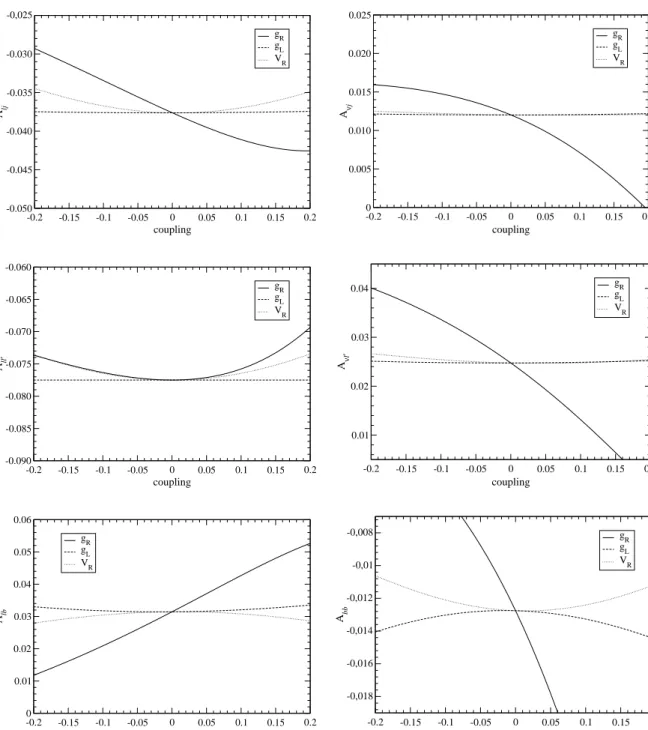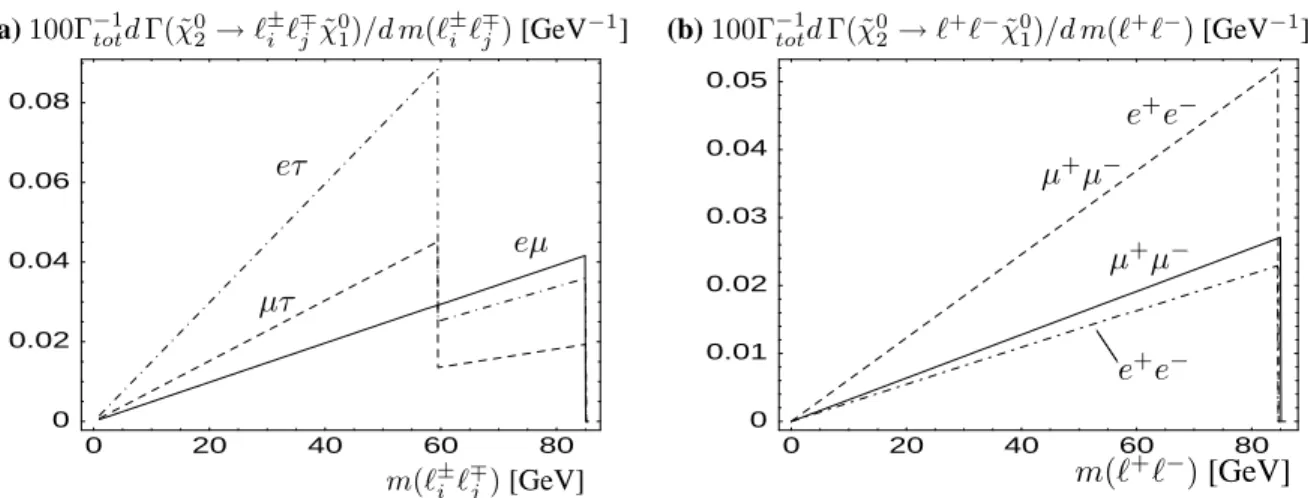Collider aspects of flavor physics at high Q
Texte intégral
Figure

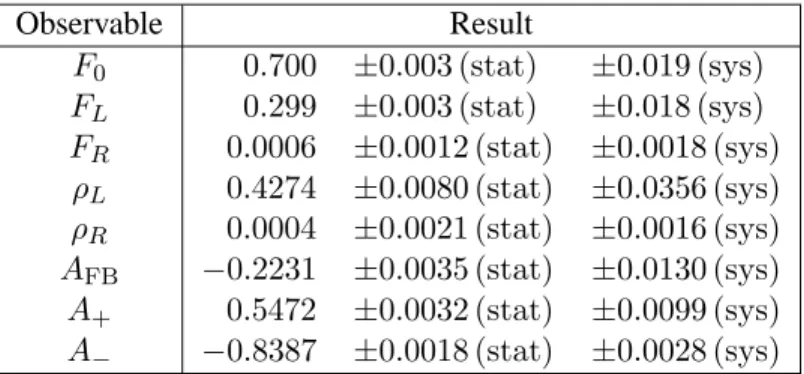
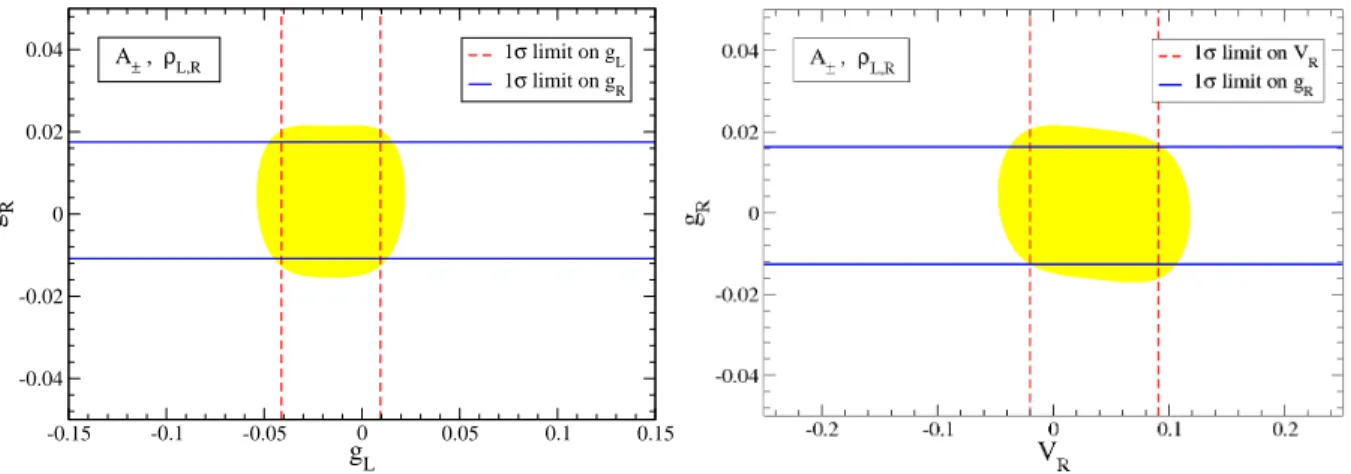
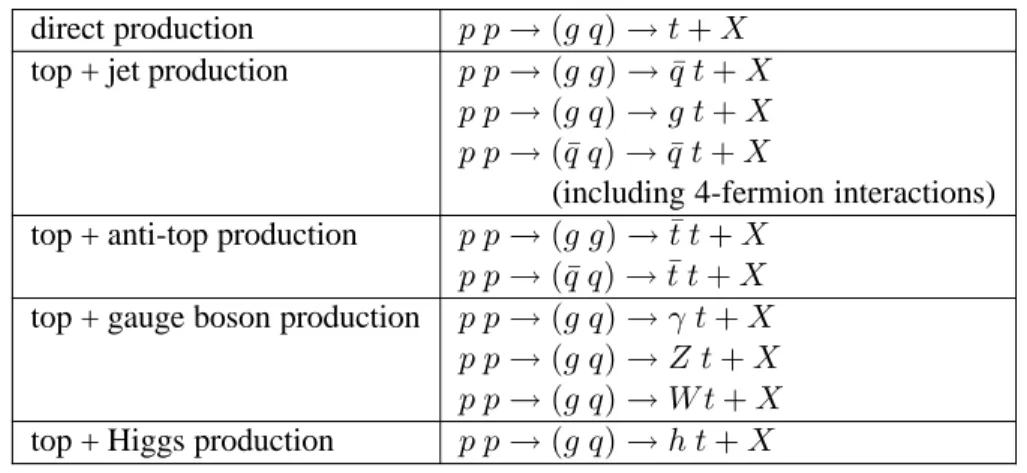
Documents relatifs
Such a scenario [85] can be realized, for instance, in minimal form as a non-linear sigma model with a global SU(5) symmetry broken down to SO(5). After separating the Goldstone
Sur l’aspect phénoménologique, nous explorons la phénoménologie aux collisionneurs d’une théorie au-delà de la nouvelle physique standard très intéressante: le modèle
In conclusion, in models of this kind, the contribution of the KK tower of light modes can be large, as it is proportional to the 5D Yukawa coupling and not to the effective
For a given flavor expansion, if experimental constraints indicate the presence of very large expansion coefficients, this would signal the presence of a new type of flavor
red points are favored by the flavour physics constraints, the cyan points are compatible with the Higgs mass constraint, the yellow points have a neutralino LSP, and the green
Figure 4 shows, for the data and the expected backgrounds, the distributions of the reconstructed resonance and transverse masses in the dilepton and single lepton
L’archive ouverte pluridisciplinaire HAL, est destinée au dépôt et à la diffusion de documents scientifiques de niveau recherche, publiés ou non, émanant des
Perturbative QCD is a dynamical approach going beyond the parton model which is meant to describe accurately what one observes in hadronic collisions a t high energy. As we



